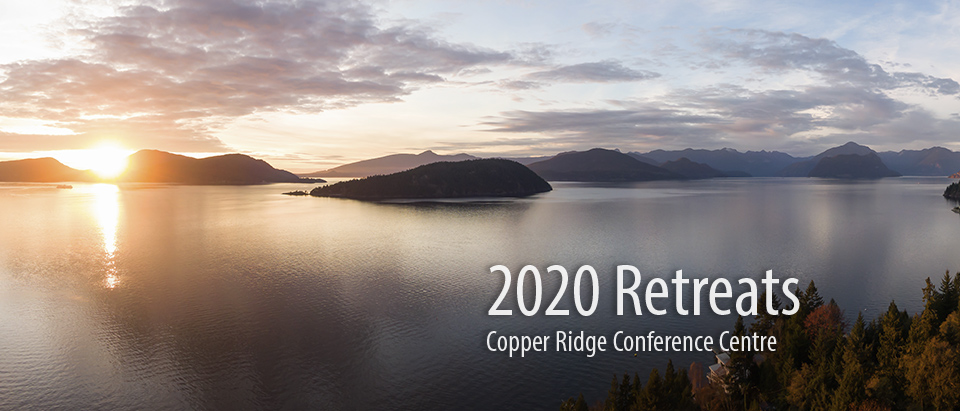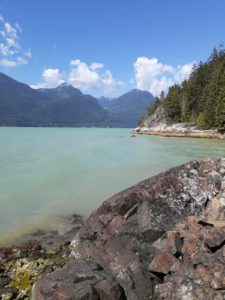
As part of John Yun’s trail building project at Copper Ridge Conference Centre, on a sunny, late August morning, Paul Adam, friend and fellow veteran of rock, snow and bush and I headed downhill from the parking lot midway between Britannia Beach and Browning Lake to check the possibilities on the narrow strip of Copper Ridge land sandwiched between Highway 99 and Howe Sound. We knew before we set off that the terrain would be challenging, so it was no surprise to us that it was indeed pretty bushy and steep, even vertical. There are several unmarked and very sketchy trails. One of those trails led us to a precipice 35 metres above the beach. (It turns out that Squamish rock climbers on the hunt for a new cliff seized upon this one, naming it “Seal Cove.”)
We followed another faint trail, an even steeper and rockier one, that did take us to the beach. There are a number of attractive viewpoints above or on the beach. The problem: these desirable spots are isolated from each other by cliffs and tangled bush.
During our three-hour foray we discovered a section of the original 1950’s highway. We noted that someone had taken a liking to this portion of the long-abandoned and well-hidden road bed, as indicated by a neatly rolled up blue tarp and cords strung between the trees.
What to make of it all? Yes, there are some truly lovely spots by the beach: but how do you access them? They are separated from each other by steep and bushy terrain. Sadly, Copper Ridge’s beachfront real estate remains for the foreseeable future out of reach and tantalizing.
Arnold Shives
October 7, 2020

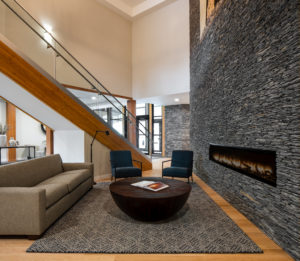
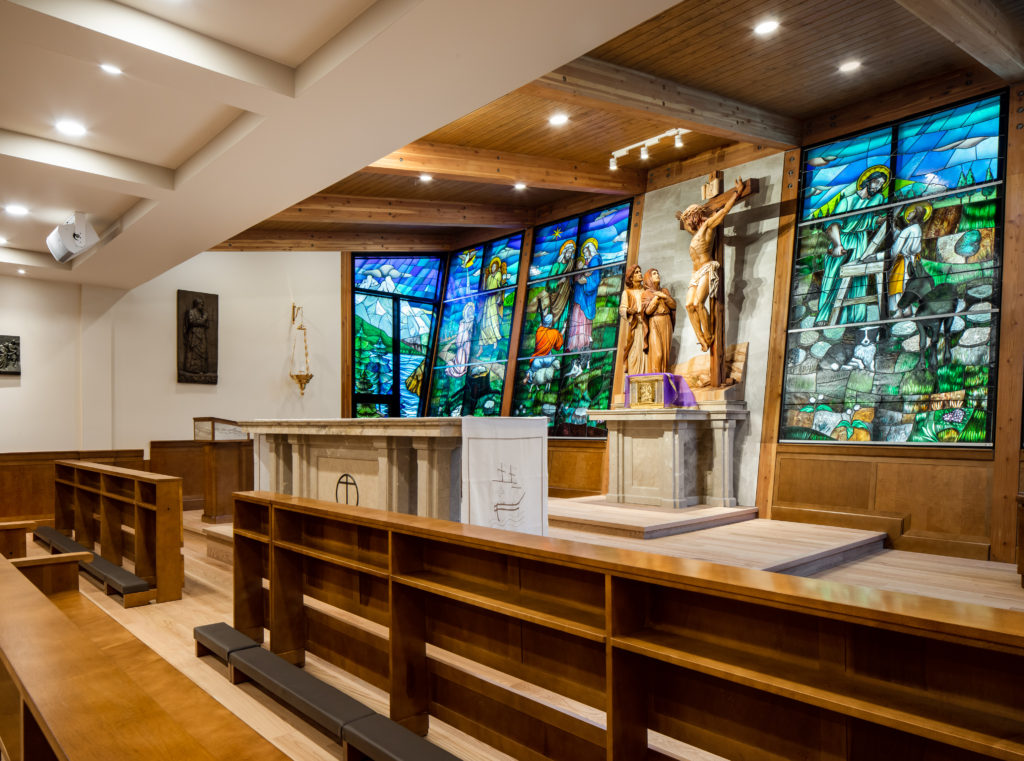
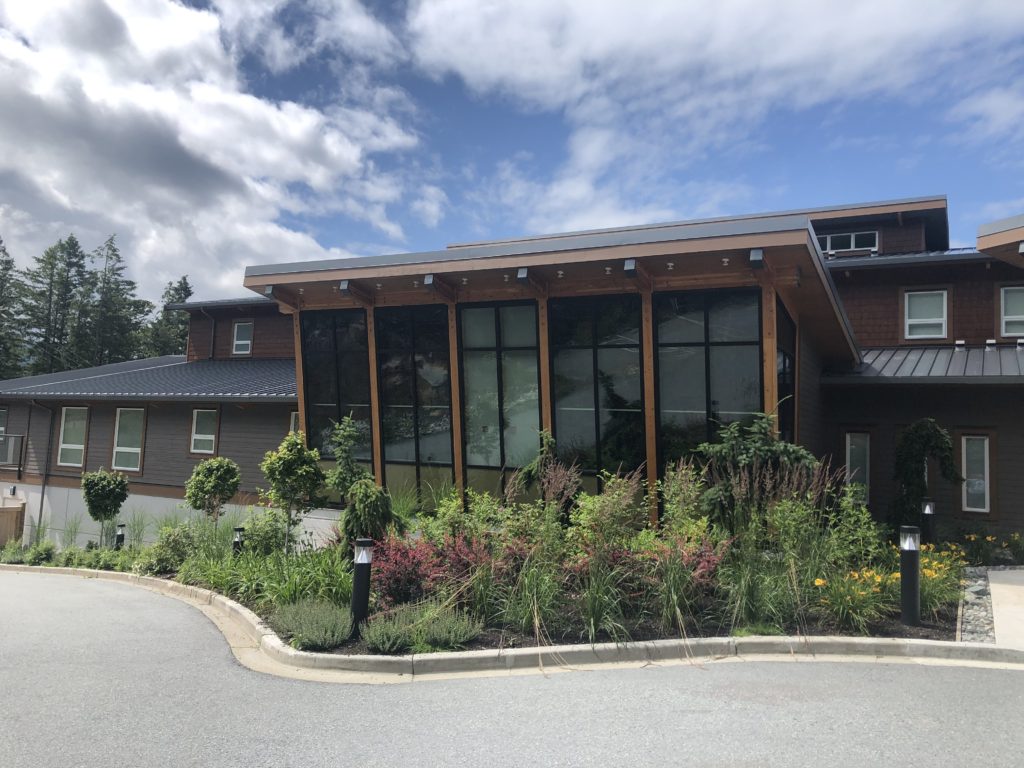 Planting at Copper Ridge was definitely not the typical landscape project. Given the beautiful architecture and stunning setting, the centre could have been considered complete without adding a single plant. Nevertheless, in the spirit of the Work, which calls for loving attention to be paid to every detail, we went about selecting plants.
Planting at Copper Ridge was definitely not the typical landscape project. Given the beautiful architecture and stunning setting, the centre could have been considered complete without adding a single plant. Nevertheless, in the spirit of the Work, which calls for loving attention to be paid to every detail, we went about selecting plants.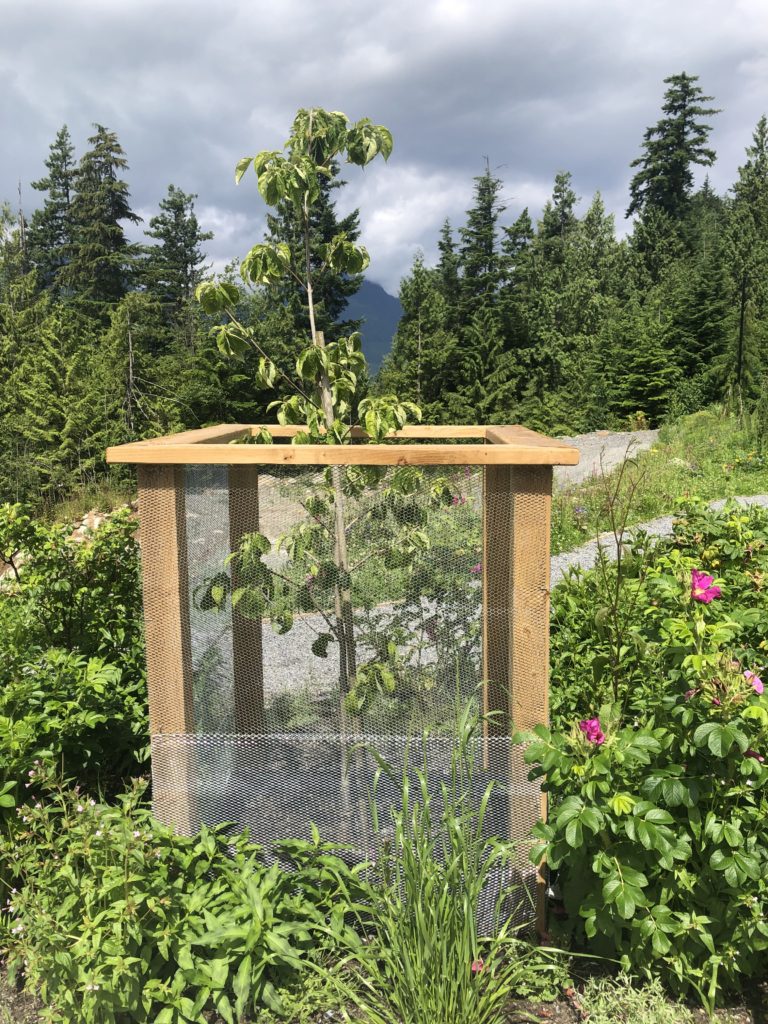 The most special plant in the garden is a small, humble, native dogwood tree planted at the entrance to the parking lot. The tree was planted by the Prelate, Monsignor Fernando Ocariz, during his visit to Vancouver in 2019. It is easily identifiable as it is surrounded by a small fence to help protect it. The dogwood flower is the provincial flower of BC and will highlight the landscape in spring with its large, pure white flowers. When the tree gains strength the fence will be removed and perhaps a generous soul will donate funds for a beautiful engraved stone plaque (hint). Like the Work in Vancouver, hopefully the tree will grow into a strong and beautiful specimen which attracts people from all over.
The most special plant in the garden is a small, humble, native dogwood tree planted at the entrance to the parking lot. The tree was planted by the Prelate, Monsignor Fernando Ocariz, during his visit to Vancouver in 2019. It is easily identifiable as it is surrounded by a small fence to help protect it. The dogwood flower is the provincial flower of BC and will highlight the landscape in spring with its large, pure white flowers. When the tree gains strength the fence will be removed and perhaps a generous soul will donate funds for a beautiful engraved stone plaque (hint). Like the Work in Vancouver, hopefully the tree will grow into a strong and beautiful specimen which attracts people from all over. Part of the project was to create a public trail through the property for residents from the town to access Murrin Park. Some small existing pathways were rerouted to minimize steep slopes and detour the public away from the statue of our Lady to preserve a prayerful spot. The trail starts where the entry road crosses the creek and enters into the forest where there are old growth trees, babbling brooks, and scenic views. It will make an enjoyable walk and provide good exercise for retreat visitors or workshop participants.
Part of the project was to create a public trail through the property for residents from the town to access Murrin Park. Some small existing pathways were rerouted to minimize steep slopes and detour the public away from the statue of our Lady to preserve a prayerful spot. The trail starts where the entry road crosses the creek and enters into the forest where there are old growth trees, babbling brooks, and scenic views. It will make an enjoyable walk and provide good exercise for retreat visitors or workshop participants. For anyone who has not experienced the hospitality of a conference centre administered by the ladies of Opus Dei, you have something very special to look forward to. You will notice the details of care and attention in the décor, the rooms, the meals that will make you feel at home and part of a loving family. And at the heart of the attention we receive are the prayers being offered for each one of us as we attend our retreat or workshop.
For anyone who has not experienced the hospitality of a conference centre administered by the ladies of Opus Dei, you have something very special to look forward to. You will notice the details of care and attention in the décor, the rooms, the meals that will make you feel at home and part of a loving family. And at the heart of the attention we receive are the prayers being offered for each one of us as we attend our retreat or workshop. 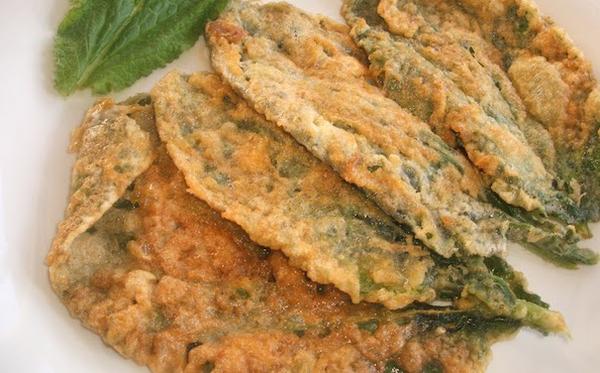

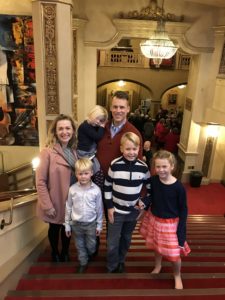 As a man with four children under the age of ten dominating his personal life, and one who runs a boarding house for 50 teenage boys as part of his professional life as a teacher, there are not many moments in my average day that I can describe as “quiet”. So, for me, getting to go on a silent retreat is always a great blessing. And, being able to participate in the first men’s retreat at Copper Ridge was, in a word, heavenly.
As a man with four children under the age of ten dominating his personal life, and one who runs a boarding house for 50 teenage boys as part of his professional life as a teacher, there are not many moments in my average day that I can describe as “quiet”. So, for me, getting to go on a silent retreat is always a great blessing. And, being able to participate in the first men’s retreat at Copper Ridge was, in a word, heavenly. 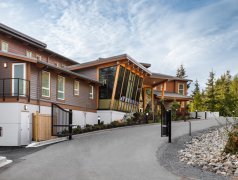
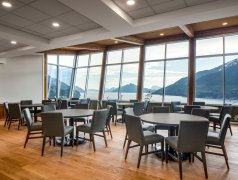
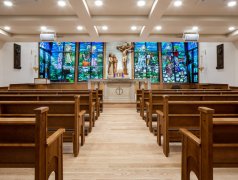
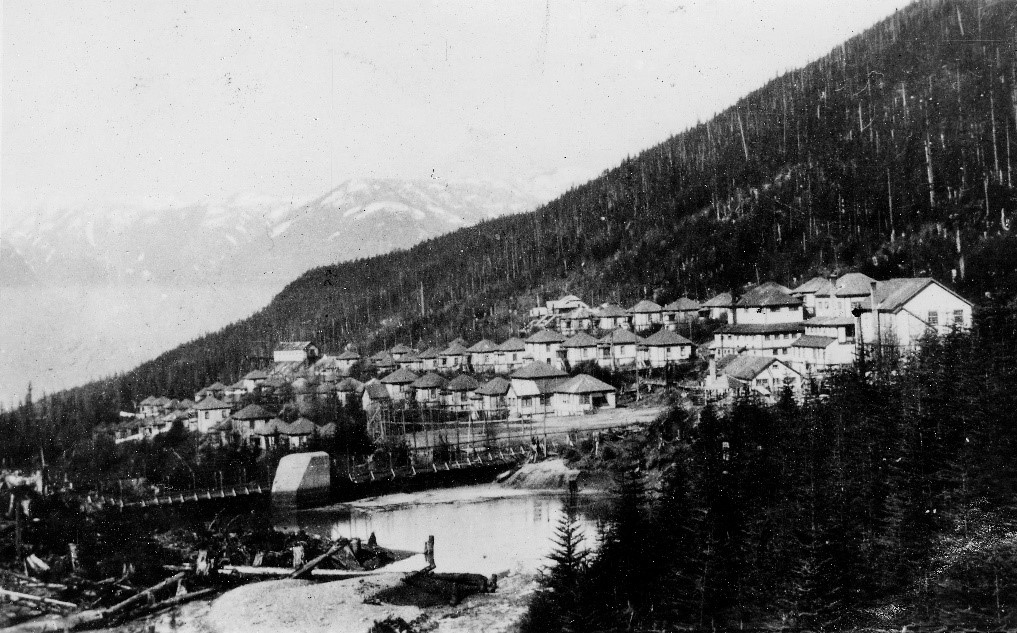

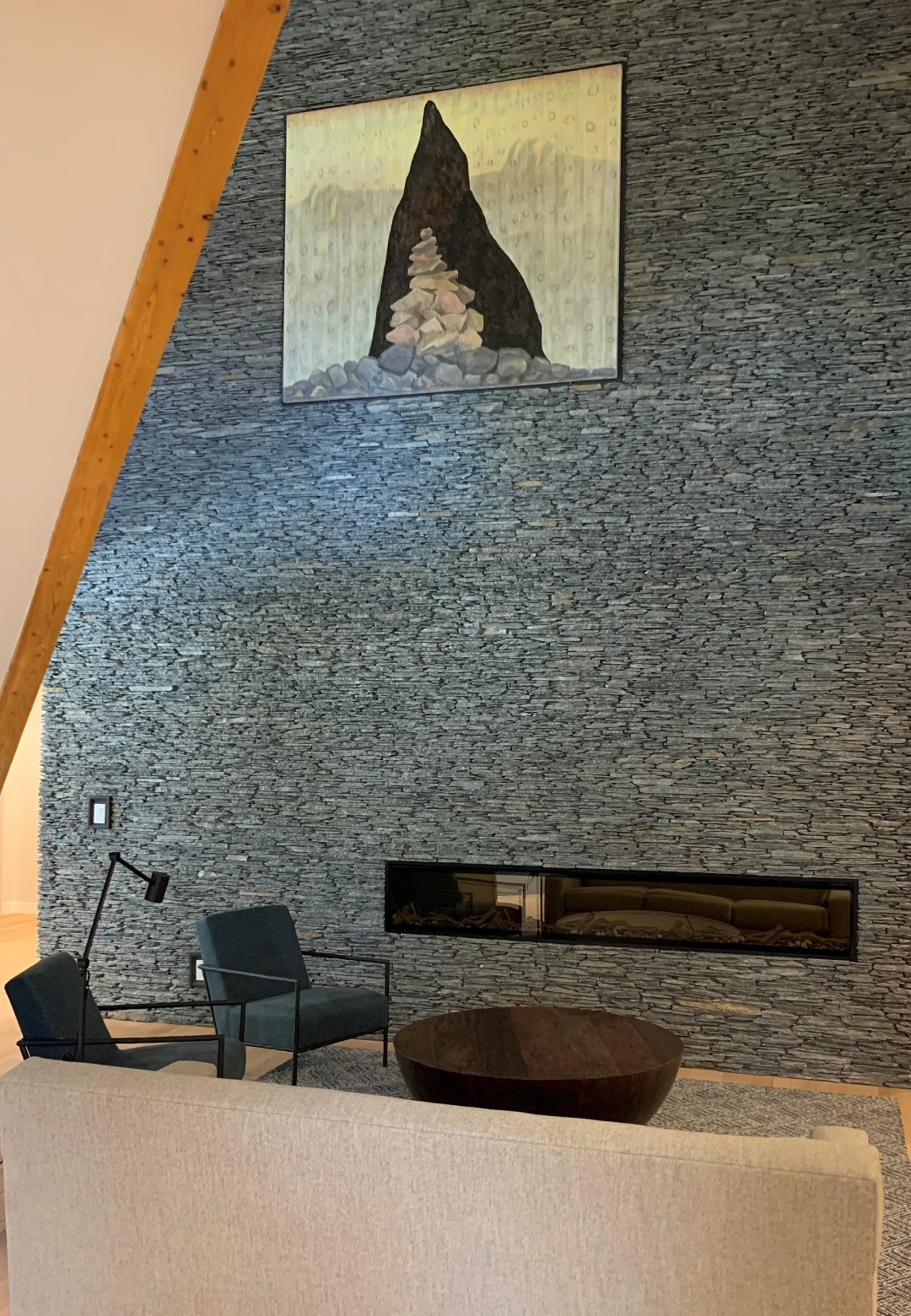 Most of the canvas was painted in acrylics. The dark central shape was painted in encaustic, which is pigment mixed with beeswax.
Most of the canvas was painted in acrylics. The dark central shape was painted in encaustic, which is pigment mixed with beeswax.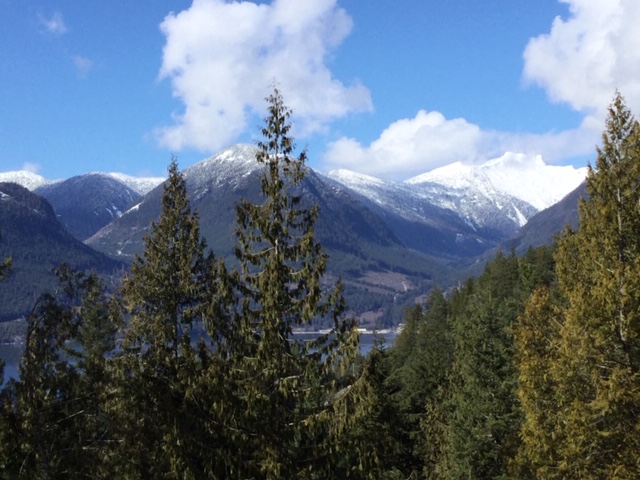
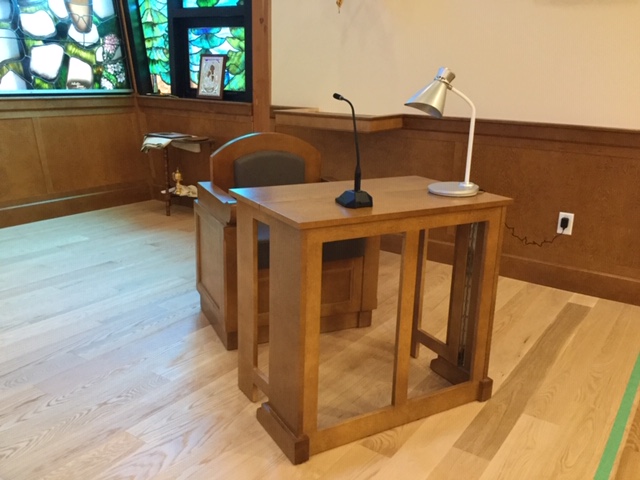
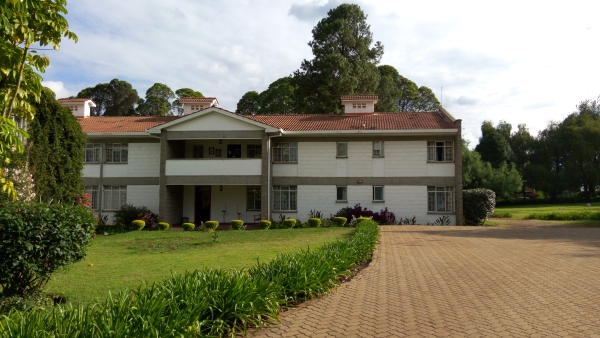 As Lent is about to start, we are all thinking of ways we can live this liturgical season well by being generous with our prayers and sacrifices. Another great way to live Lent is by helping our friends get closer to God, and what better way to do this than by inviting them to a retreat?
As Lent is about to start, we are all thinking of ways we can live this liturgical season well by being generous with our prayers and sacrifices. Another great way to live Lent is by helping our friends get closer to God, and what better way to do this than by inviting them to a retreat?